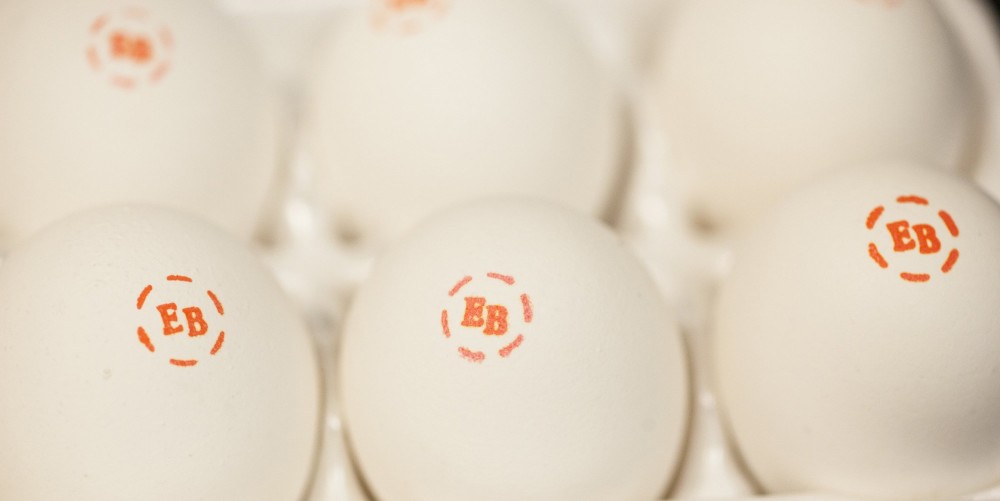By Diane Mastrull
The Philadelphia Inquirer.
While the egg industry in general has had sales as flat as a crepe, Eggland’s Best L.L.C., a producer of higher-nutrition eggs, has seen unit sales increase by double digits each of the last 17 years, an average of 14 percent each year, said Charles T. Lanktree, president and CEO. Retail sales last year were $758 million.
“We think specialty eggs is going to continue to be a bigger and bigger and bigger part of the entire egg category,” Lanktree said.
His company’s goal is doing for the egg industry what Chobani has for yogurt, be a standout brand that attracts more consumers.
“The category has blossomed,” Lanktree said. “We hope we can do that with eggs.”
Compared to generic eggs, Eggland’s Best says its large egg contains 25 percent less saturated fat, 38 percent more lutein, 10 times more vitamin E, four times more vitamin D, three times more vitamin B12, and double the Omega-3. It has 175 milligrams of cholesterol.
Last week, the company announced the per-egg calorie count in all varieties, including organic and cage-free, had dropped to 60 from 70.
Produced on 50 farms in 34 states, EB eggs usually arrive at markets within three days of laying. They come from a network of franchisees who must use specially formulated feed sold by the company.
Herbruck Poultry Ranch Inc., of Saranac, Mich., one of the first EB franchises in 1992, produces about 1.8 million specialty eggs, said CEO Stephen Herbruck.
He credited his late father, Harry, for having the vision and confidence to go beyond generic eggs.
“That was a difficult time” in the egg business, Herbruck said. “It was perceived that eggs were bad for you. To say they actually had health benefits was like blasphemy.”
In abundance at Eggland’s Best headquarters are product analyses from university agriculture programs, certifications from specialty food associations, and awards from health groups and publications, all attesting to the freshness, taste and nutritional value of EB eggs.
But the real root of the company’s success in capturing 70 percent of the specialty egg market is something that doesn’t take place in its lab or its hen houses, it’s marketing, said John Stanton, professor of food marketing at St. Joseph’s University.
To drive home the point, he posed: “Tell me the next brand of egg you can think of.”
Silence.
“I’m not sure whether any of the claims that Eggland’s makes are . . . true or false,” Stanton said. “But unlike every other egg, they’re making claims. They’re actually telling people, ‘These are the best eggs.’ They’re spending money on advertising. They’re basically doing everything that a good marketer should do.”
The results have demonstrated that “people will pay more if you give them a reason to pay more,” Stanton said.
Eggland’s tries to keep the cost of a dozen eggs to around $3, Lanktree said. The price of generic eggs fluctuates greatly.
Lanktree, who earned a bachelor’s degree in food marketing, held jobs in development and marketing of health-based foods for Beech-Nut Nutrition Corp., Unilever, and Grand Union Co. before joining Eggland’s Best in 1990 at the invitation of its founders, Lucas Leone and Robert Fuhrman, two former Beech-Nut colleagues.
They offered EB franchises for sale to help fund their plan to develop a healthier egg. By the time their product launched in 1992, U.S. egg consumption was 234 eggs per person per year, down from 365 in the early 1970s, as breakfast traditions gave way to coffee and a muffin on the run.
It’s now around 250, said Lanktree, who made this pitch:
Two EB eggs cost 50 cents, less than half the price of a candy bar.















































































































































































































































































































































































